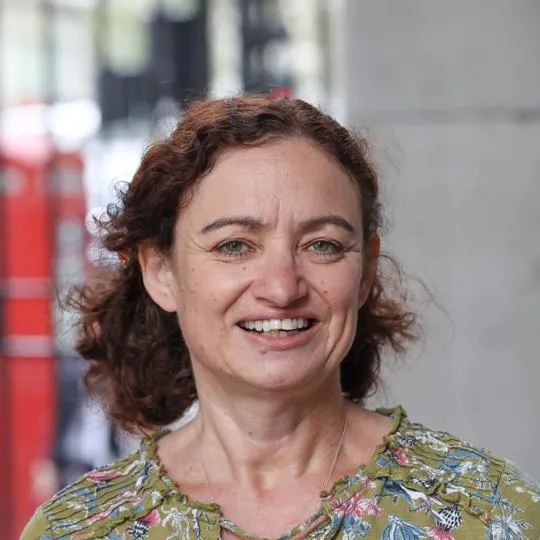Please note: this event has passed
Explore four stories about Edinburgh's Holyrood Park in British Sign Language (BSL), and learn more about this visual-spatial language.
By Dr Ellen Adams, Organiser of Language and Landscape in Holyrood Park: British Sign Language
Reader in Classical Archaeology and Liberal Arts
I am delighted to announce the soft launch of ‘Language and Landscape in Holyrood Park’, a collaboration with Historic Environment Scotland that seeks to showcase British Sign Language through four stories and ‘language notes’ interviews with a BSL linguist. You may view the site here: https://www.historicenvironment.scot/archives-and-research/online-exhibitions/language-and-landscape-in-holyrood-park. Captions are available (click on the ‘subtitles/closed captions’ button if they don’t start automatically); a voiceover will be following and there will also be QR codes set on notices in the Park itself.
Scotland passed a BSL Act in 2015, and Westminster has recently followed in April 2022. This not only recognises BSL as a formal British language, but also places a duty on public bodies to promote it. This goes beyond providing BSL interpretation for English content (such as the person signing in the bottom right of BBC 24-hour news). In this project, HES and I wanted to centre BSL in the delivery, providing captions and voiceover so that it would be accessible to hearing English speakers as well (captions are known to be useful for people without high-level English skills). This was originally imagined as a workshop followed by a single tour, but Covid 19 forced and allowed us to explore online options. We realised that offering BSL ‘language notes’ – given by a BSL linguist from Heriot-Watt University – would allow hearing people and BSL users some insights into how this visual-spatial language works.
BSL has become more visible in recent years, such as the success of Rose Ayling-Ellis in Strictly Come Dancing. Non-signers are often fascinated by the vivid, performative element to BSL. We felt that the ‘language notes’ were important to help people understand how the grammar of a visual-spatial language works, with linguistic features such as placement, role shift, time-lines and directional verbs explained. This session intends to run through these videos while exploring how different modes of communication – such as linear speech versus signed language – facilitate different experiences of landscapes and artworks.
There are links to an online survey on the webpage – we’d be grateful if you could let us know what you think!

